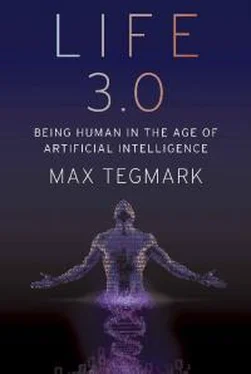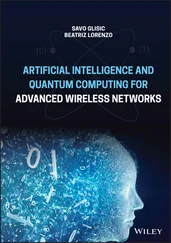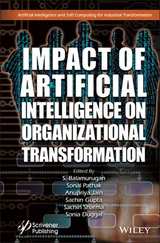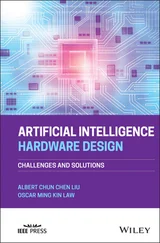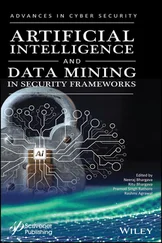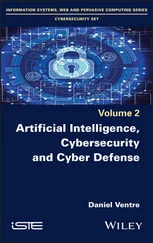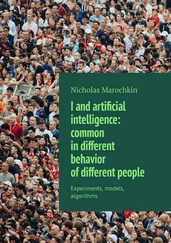
Figure 2.2: Illustration of Hans Moravec’s “landscape of human competence,” where elevation represents difficulty for computers, and the rising sea level represents what computers are able to do.
It’s natural for us to rate the difficulty of tasks relative to how hard it is for us humans to perform them, as in figure 2.1. But this can give a misleading picture of how hard they are for computers. It feels much harder to multiply 314,159 by 271,828 than to recognize a friend in a photo, yet computers creamed us at arithmetic long before I was born, while human-level image recognition has only recently become possible. This fact that low-level sensorimotor tasks seem easy despite requiring enormous computational resources is known as Moravec’s paradox, and is explained by the fact that our brain makes such tasks feel easy by dedicating massive amounts of customized hardware to them—more than a quarter of our brains, in fact.
I love this metaphor from Hans Moravec, and have taken the liberty to illustrate it in figure 2.2:
Computers are universal machines, their potential extends uniformly over a boundless expanse of tasks. Human potentials, on the other hand, are strong in areas long important for survival, but weak in things far removed. Imagine a “landscape of human competence,” having lowlands with labels like “arithmetic” and “rote memorization,” foothills like “theorem proving” and “chess playing,” and high mountain peaks labeled “locomotion,” “hand-eye coordination” and “social interaction.” Advancing computer performance is like water slowly flooding the landscape. A half century ago it began to drown the lowlands, driving out human calculators and record clerks, but leaving most of us dry. Now the flood has reached the foothills, and our outposts there are contemplating retreat. We feel safe on our peaks, but, at the present rate, those too will be submerged within another half century. I propose that we build Arks as that day nears, and adopt a seafaring life!2
During the decades since he wrote those passages, the sea level has kept rising relentlessly, as he predicted, like global warming on steroids, and some of his foothills (including chess) have long since been submerged. What comes next and what we should do about it is the topic of the rest of this book.
As the sea level keeps rising, it may one day reach a tipping point, triggering dramatic change. This critical sea level is the one corresponding to machines becoming able to perform AI design. Before this tipping point is reached, the sea-level rise is caused by humans improving machines; afterward, the rise can be driven by machines improving machines, potentially much faster than humans could have done, rapidly submerging all land. This is the fascinating and controversial idea of the singularity, which we’ll have fun exploring in chapter 4.
Computer pioneer Alan Turing famously proved that if a computer can perform a certain bare minimum set of operations, then, given enough time and memory, it can be programmed to do anything that any other computer can do. Machines exceeding this critical threshold are called universal computers (aka Turing-universal computers); all of today’s smartphones and laptops are universal in this sense. Analogously, I like to think of the critical intelligence threshold required for AI design as the threshold for universal intelligence: given enough time and resources, it can make itself able to accomplish any goal as well as any other intelligent entity. For example, if it decides that it wants better social skills, forecasting skills or AI-design skills, it can acquire them. If it decides to figure out how to build a robot factory, then it can do so. In other words, universal intelligence has the potential to develop into Life 3.0.
The conventional wisdom among artificial intelligence researchers is that intelligence is ultimately all about information and computation, not about flesh, blood or carbon atoms. This means that there’s no fundamental reason why machines can’t one day be at least as intelligent as us.
But what are information and computation really, given that physics has taught us that, at a fundamental level, everything is simply matter and energy moving around? How can something as abstract, intangible and ethereal as information and computation be embodied by tangible physical stuff? In particular, how can a bunch of dumb particles moving around according to the laws of physics exhibit behavior that we’d call intelligent?
If you feel that the answer to this question is obvious and consider it plausible that machines might get as intelligent as humans this century—for example because you’re an AI researcher—please skip the rest of this chapter and jump straight to chapter 3. Otherwise, you’ll be pleased to know that I’ve written the next three sections specially for you.
What Is Memory?
If we say that an atlas contains information about the world, we mean that there’s a relation between the state of the book (in particular, the positions of certain molecules that give the letters and images their colors) and the state of the world (for example, the locations of continents). If the continents were in different places, then those molecules would be in different places as well. We humans use a panoply of different devices for storing information, from books and brains to hard drives, and they all share this property: that their state can be related to (and therefore inform us about) the state of other things that we care about.
What fundamental physical property do they all have in common that makes them useful as memory devices, i.e., devices for storing information? The answer is that they all can be in many different long-lived states— long-lived enough to encode the information until it’s needed. As a simple example, suppose you place a ball on a hilly surface that has sixteen different valleys, as in figure 2.3. Once the ball has rolled down and come to rest, it will be in one of sixteen places, so you can use its position as a way of remembering any number between 1 and 16.
This memory device is rather robust, because even if it gets a bit jiggled and disturbed by outside forces, the ball is likely to stay in the same valley that you put it in, so you can still tell which number is being stored. The reason that this memory is so stable is that lifting the ball out of its valley requires more energy than random disturbances are likely to provide. This same idea can provide stable memories much more generally than for a movable ball: the energy of a complicated physical system can depend on all sorts of mechanical, chemical, electrical and magnetic properties, and as long as it takes energy to change the system away from the state you want it to remember, this state will be stable. This is why solids have many long-lived states, whereas liquids and gases don’t: if you engrave someone’s name on a gold ring, the information will still be there years later because reshaping the gold requires significant energy, but if you engrave it in the surface of a pond, it will be lost within a second as the water surface effortlessly changes its shape.
The simplest possible memory device has only two stable states (figure 2.3). We can therefore think of it as encoding a binary digit (abbreviated “bit”), i.e., a zero or a one. The information stored by any more complicated memory device can equivalently be stored in multiple bits: for example, taken together, the four bits shown in figure 2.3 can be in 2 × 2 × 2 × 2 = 16 different states 0000, 0001, 0010, 0011,…, 1111, so they collectively have exactly the same memory capacity as the more complicated 16-state system. We can therefore think of bits as atoms of information—the smallest indivisible chunk of information that can’t be further subdivided, which can combine to make up any information. For example, I just typed the word “word,” and my laptop represented it in its memory as the 4-number sequence 119 111 114 100, storing each of those numbers as 8 bits (it represents each lowercase letter by a number that’s 96 plus its order in the alphabet). As soon as I hit the w key on my keyboard, my laptop displayed a visual image of a w on my screen, and this image is also represented by bits: 32 bits specify the color of each of the screen’s millions of pixels.
Читать дальше
